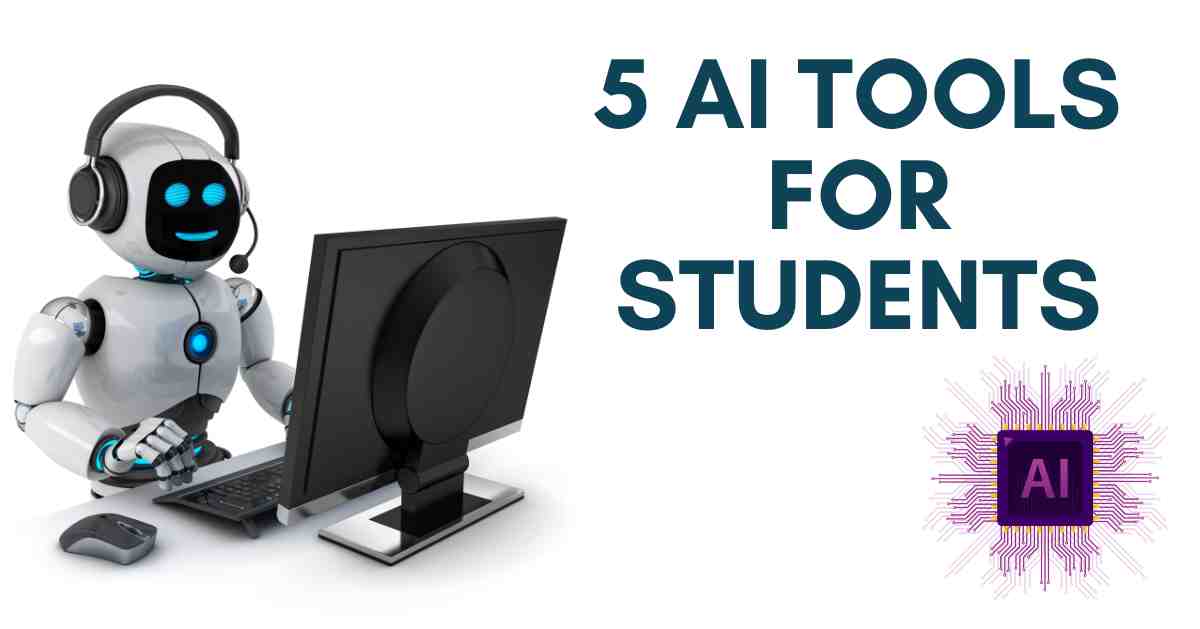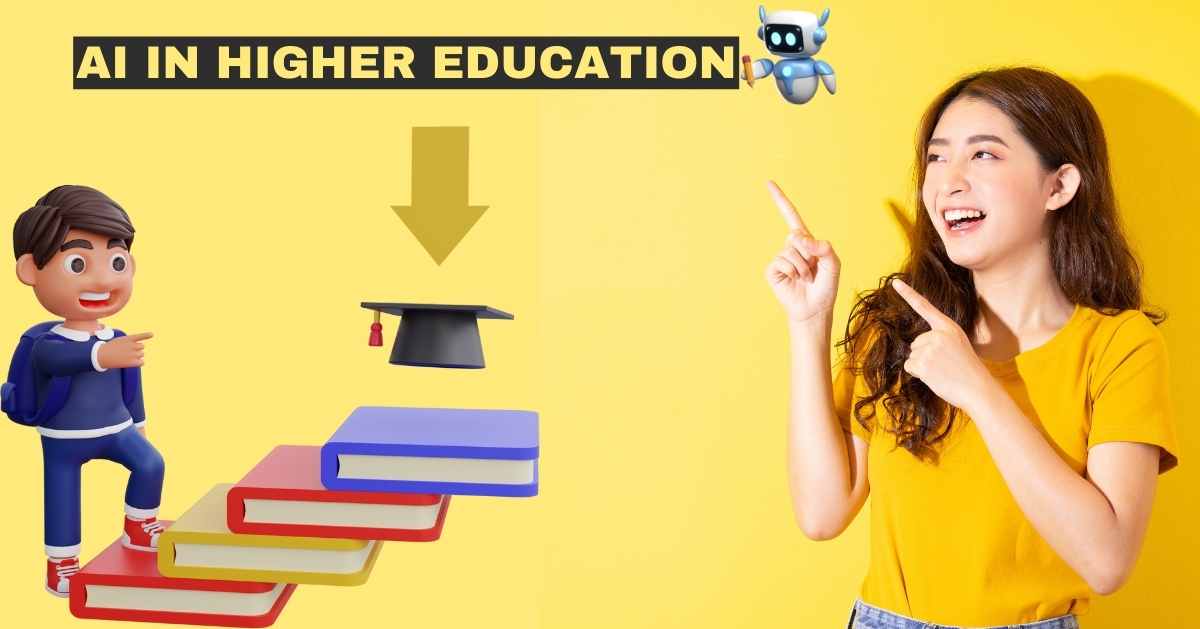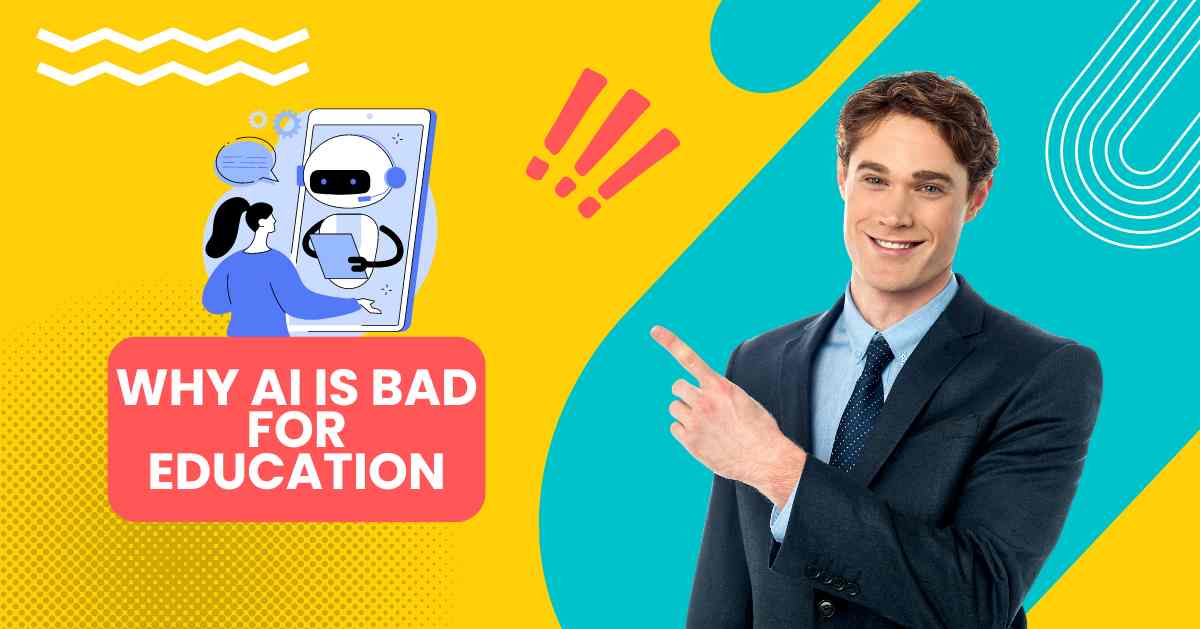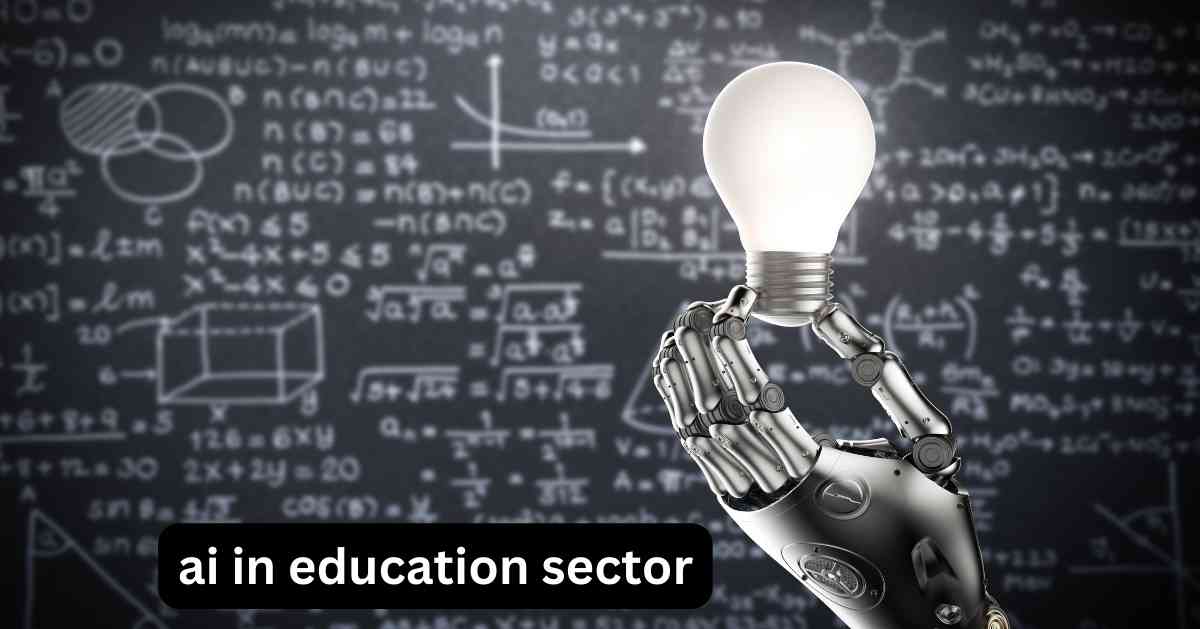Step-by-Step Guide: Getting Ready to Teach with AI
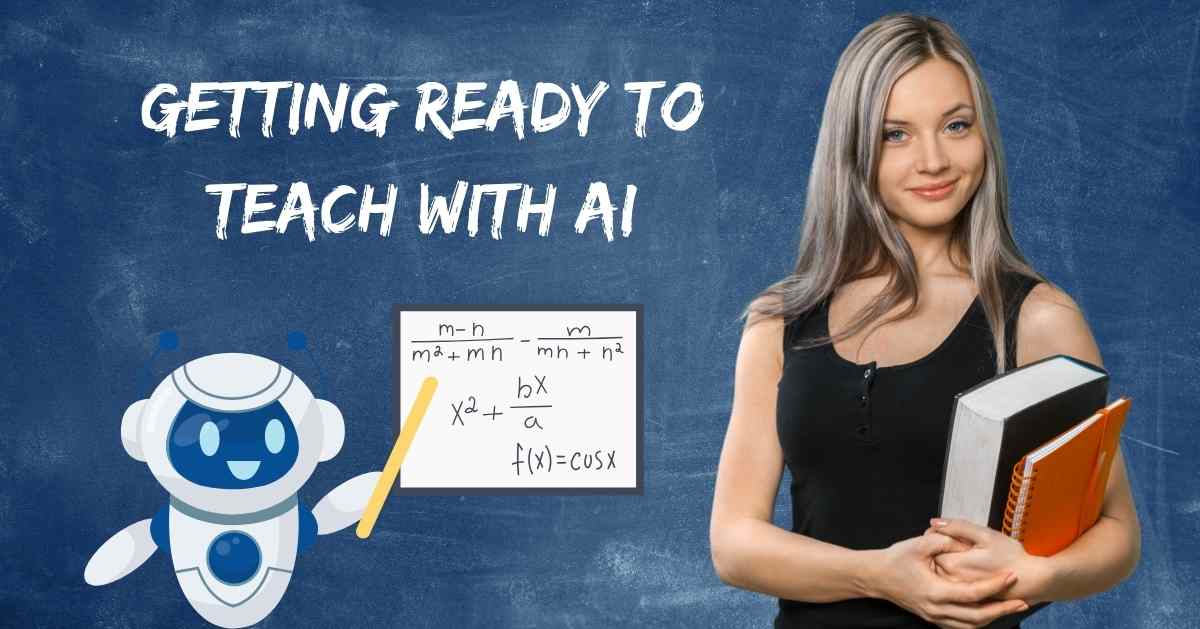
In recent years, the integration of Artificial Intelligence (AI) into education has transformed the traditional teaching and learning landscape. From personalized learning experiences to efficient administrative tasks, AI has the potential to revolutionize education at all levels. If you’re an educator looking to harness the power of AI in your classroom or lecture hall, here’s a step-by-step guide to help you get started:
Understanding AI in Teaching
AI means intelligent computer programs that can do things like understand language, learn from data, and even make decisions. In teaching, AI can help with things like giving students personalized help, grading papers faster, and creating cool learning activities.
Step-by-Step Guide to Integrating AI in Teaching
Know Your Goals: First, think about what you want to do better in your teaching. Do you want students to understand better, get grades faster, or have more fun learning?
Pick the Right AI Tools: Choose the AI tools that match your goals. There are lots out there, like innovative tutoring programs, apps that adjust to each student, and tools that help grade papers.
Learn How to Use Them: Take some time to understand how the AI tools work. Most have guides or videos to help you learn.
Get Your Lessons Ready: Adjust your lesson plans to fit with the AI tools you’ve chosen. Maybe you’ll need to make new activities or use different materials.
Show Your Students: Tell your students about the AI tools you’ll be using. Explain how they work and why they’re helpful. Show them how to use them, too.
Help Your Students Use AI: Be there to help your students if they need it. Show them how to use the AI tools and answer any questions they have.
Keep an Eye on Progress: Check how your students are doing with the AI tools. See if they’re helping students learn better or if there are any problems.
See What Works: Look at how well the AI tools are helping your teaching. Do they make learning better? Are there things you need to change?
Stay Updated: Keep learning about new AI tools and ways to use them in teaching. There’s always something new to try!
Pros of Teaching with AI:
Personalized Learning: AI can help tailor lessons to each student’s needs, making learning more effective and engaging.
Efficiency: AI can automate tasks like grading papers, saving teachers time and energy that they can then devote to other aspects of teaching.
Engagement: AI tools often use interactive features and multimedia elements, making learning more fun and engaging for students.
Accessibility: AI can provide additional support for students with diverse learning needs, helping to level the playing field in the classroom.
Data Insights: AI generates data on student progress and performance, allowing teachers to understand their students’ strengths and weaknesses better.
Cons of Teaching with AI:
Cost: Implementing AI tools can be expensive, especially for schools with limited budgets.
Technical Issues: AI tools may encounter technical glitches or compatibility issues, disrupting the learning process.
Privacy Concerns: AI systems often collect data on students, raising concerns about privacy and data security.
Dependency: Relying too heavily on AI tools can diminish teacher-student interaction and undermine the development of critical thinking skills.
Learning Curve: Teachers may need time to learn how to effectively use AI tools, potentially leading to initial frustration or resistance.
Conclusion
Using AI in teaching can make lessons more exciting and help students learn better. By following these simple steps, teachers can make the most of AI tools to improve their teaching and make learning more fun for students. It’s all about using technology to make education even better for everyone involved.


